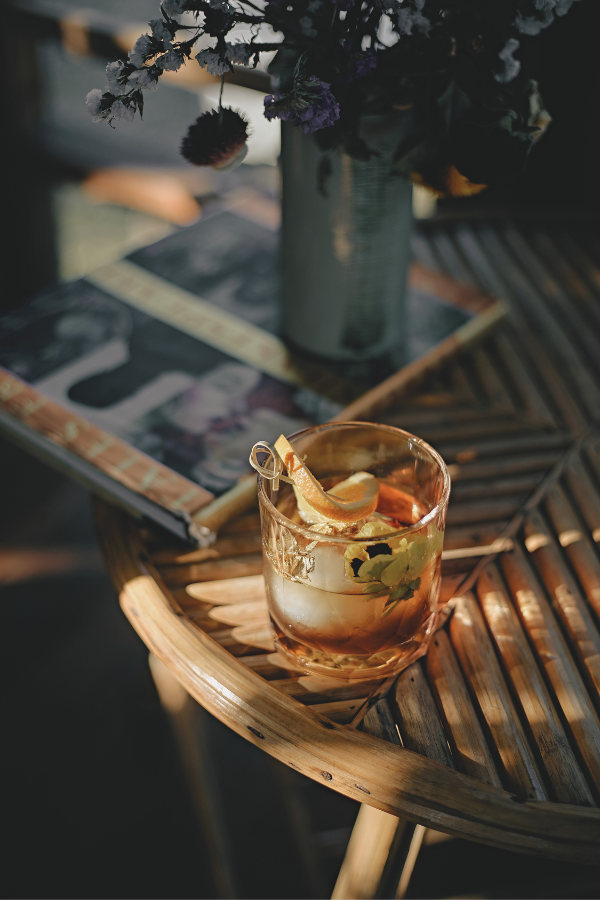

Everything You Need to Know About Non-Alcoholic Spirits
Summary
Learn all about non-alcoholic spirits, including what they are, how they’re made, and their benefits. With our tips and tricks, consider how you can incorporate these innovative beverages into your lifestyle, whether for health reasons, personal preference, or to enjoy sophisticated flavors without the alcohol.
Reflection Questions
- How can non-alcoholic spirits enhance your social experiences and gatherings, especially for guests who prefer not to drink alcohol?
- What are the potential health benefits of incorporating non-alcoholic spirits into your routine, and how do they align with your personal wellness goals?
- How can you experiment with non-alcoholic spirits to create unique and enjoyable beverages that cater to diverse tastes and preferences?
Journal Prompt
Reflect on your experiences with non-alcoholic beverages. Write about a time when you or someone you know chose a non-alcoholic option at a social event. Consider how non-alcoholic spirits could have enhanced that experience and plan a future gathering where you feature a selection of these beverages. Include ideas for cocktails, mocktails, and food pairings that highlight the versatility and appeal of non-alcoholic spirits.
The beverage industry has seen a notable surge in the popularity of non-alcoholic spirits since the pandemic, reflecting a growing consumer interest in healthier lifestyle choices and mindful drinking. When mixed correctly, you can create delicious non alcoholic cocktails with the same complex flavors and traditional spirit of classic cocktails. Whether you’re hosting a backyard barbecue, lounging by the pool, or enjoying a picnic in the park, non-alcoholic spirits provide a delightful way to stay cool and hydrated. Read on to learn everything you need to know about non-alcoholic spirits and elevate your summer sipping experience.
Understanding Non-Alcoholic Spirits
Definition and Explanation of Non-Alcoholic Spirits


Non-alcoholic spirits are beverages designed to mimic the flavor profiles and sensory experiences of traditional alcoholic spirits, but without the presence of alcohol or with minimal alcohol content (typically less than 0.5% ABV). These products are created using various methods, including distillation, infusion, and blending of botanicals, herbs, spices, and other flavoring agents.
The objective is to offer a complex and nuanced taste experience akin to that of alcoholic counterparts, catering to those seeking alcohol-free alternatives. Unlike traditional spirits, non-alcoholic spirits provide the complexity and depth of flavor without the psychoactive effects of alcohol.
This makes them suitable for a wide range of consumers, including those abstaining from alcohol for health, religious, or personal reasons.
Historical Context and Recent Trends in Non-Alcoholic Beverages


The concept of non-alcoholic beverages is not new, with roots tracing back to early civilizations where herbal infusions and non-fermented drinks were consumed for medicinal and religious purposes. However, the modern incarnation of non-alcoholic spirits has gained momentum in the 21st century, particularly in response to a growing health-conscious and wellness-oriented consumer base. This shift is part of a broader trend towards mindful consumption, where individuals are more attentive to the ingredients and effects of what they consume.
Fuel your creative fire & be a part of a supportive community that values how you love to live.
subscribe to our newsletter
In recent years, there has been a significant increase in the availability and diversity of non-alcoholic spirits. This trend is driven by advancements in production techniques that better replicate the flavors and mouthfeel of alcoholic spirits.
Additionally, there is a growing recognition of the role these beverages can play in social settings, offering inclusivity for those who choose not to consume alcohol. The rise in popularity is also reflected in the beverage industry’s investment in the development and marketing of non-alcoholic spirits, indicating a strong consumer demand and a foreseeable expansion of this market segment.
Ingredients and Production
Raw Materials Used in Non-Alcoholic Spirits
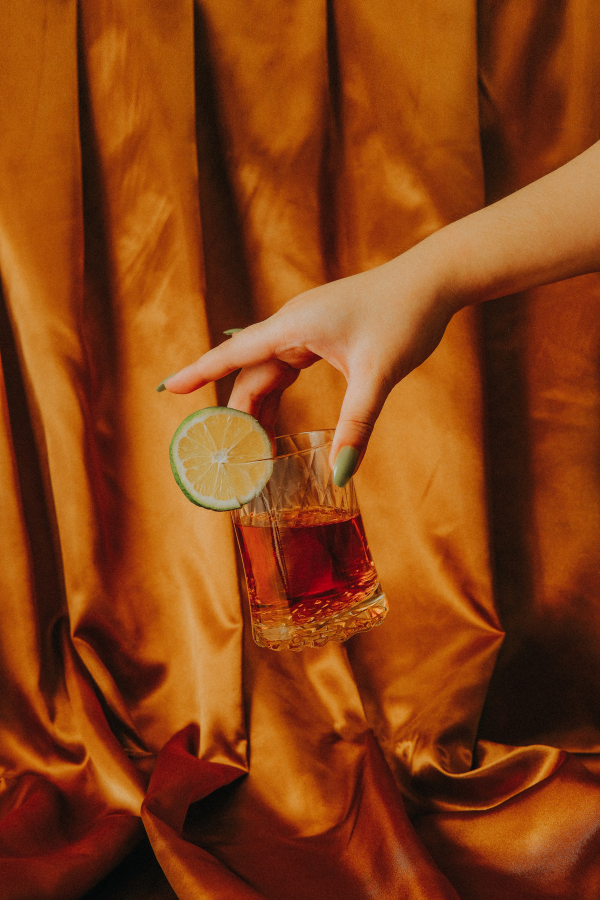

Non-alcoholic spirits are often crafted from a blend of botanicals, herbs, and spices, similar to their alcoholic counterparts, but without the inclusion of fermented grains or sugars. Common ingredients include juniper, citrus peels, cardamom, cinnamon, and various herbs, each contributing to the unique flavor profiles.
Additionally, these spirits may contain natural extracts and essences to enhance taste and aroma. The selection and combination of these ingredients are crucial in replicating the complexity and depth of traditional spirits. Distillers often experiment with a range of botanicals to achieve a balanced and appealing flavor profile that actually tastes good, catering to the diverse palates of consumers.
Overview of the Production Process
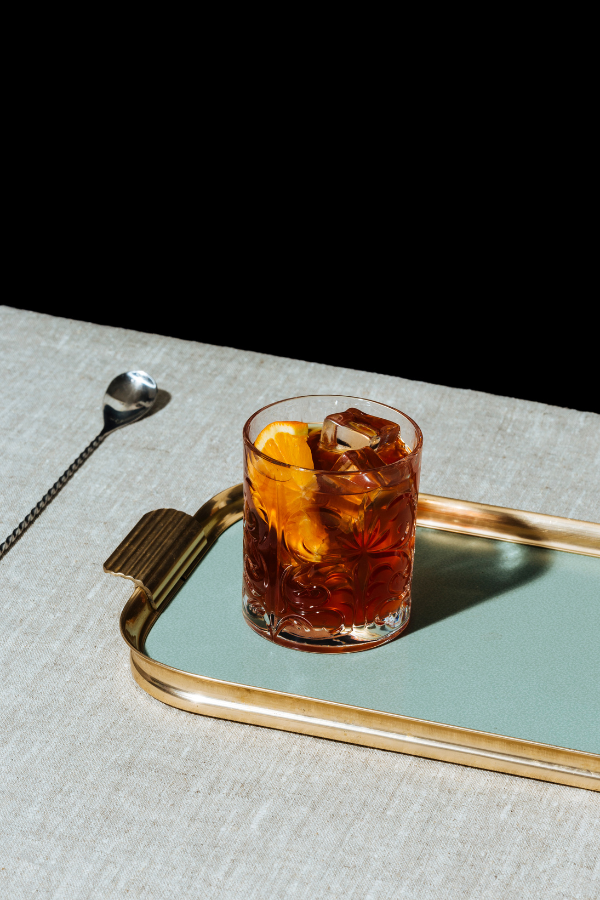

The production process of non-alcoholic spirits often mirrors that of alcoholic spirits, with some adaptations. The process typically starts with the maceration or infusion of botanicals in a water base, followed by distillation.
Unlike alcoholic spirits, the distillation in nonalcoholic options is usually carried out at lower temperatures to avoid alcohol formation. This method allows the extraction of flavors and aromas from the botanicals without producing alcohol.
Some producers also employ techniques like reverse osmosis or vacuum distillation to remove any trace amounts of alcohol. The final product is then blended, filtered, and sometimes sweetened or acidified to enhance the taste profile before bottling.
How Non-Alcoholic Spirits Differ from Their Alcoholic Counterparts in Terms of Ingredients and Production


The primary difference between non-alcoholic and alcoholic spirits lies in the absence of fermentation and the minimal or non-existent alcohol content in the former. While both types of spirits use similar botanicals and flavoring agents, the production processes diverge significantly.
In alcoholic spirits, fermentation plays a crucial role in developing the spirit’s flavor and character. For non-alcoholic spirits, the challenge lies in extracting and preserving the flavors without the transformative process of fermentation.
This requires careful manipulation of temperature and pressure during distillation to capture the essence of the ingredients. Additionally, the absence of alcohol changes the mouthfeel and the way flavors are perceived, prompting producers to find innovative ways to replicate the sensory experience of traditional spirits.
The result is a product that offers a sophisticated alternative for those seeking the enjoyment of spirits without the effects of alcohol.
Types of Non-Alcoholic Spirits
Exploration of Different Categories
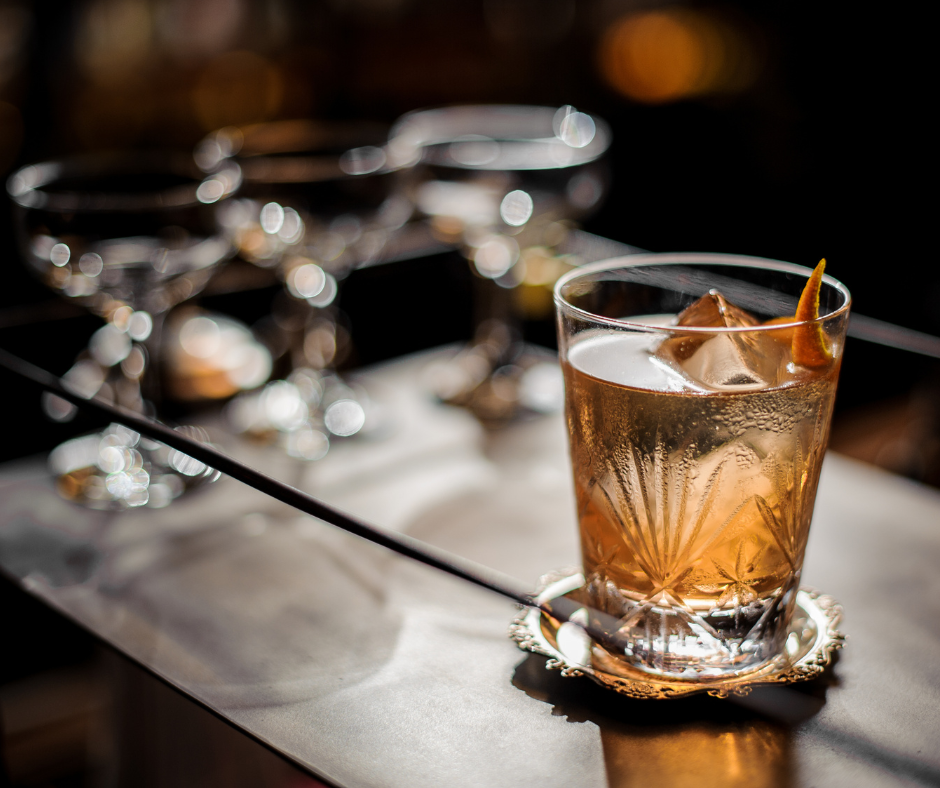

The landscape of non-alcoholic spirits is diverse, encompassing a range of categories that mirror their alcoholic counterparts. Key types of these curious elixirs include the following.
Non-Alcoholic Gin: Often characterized by a dominant juniper flavor, non-alcoholic gin also incorporates a variety of botanicals like coriander, citrus peels, and spices. The gin alternative category aims to replicate the crisp, complex profile of traditional gin.
Non-Alcoholic Whiskey: This type focuses on emulating the rich, smoky, and woody notes typical of whiskey. Ingredients like caramel, oak extracts, and smoked herbs are used to mimic the depth and warmth of whiskey.
Non-Alcoholic Rum: Designed to evoke the sweet and tropical essence of rum, these spirits often include molasses, vanilla, and spices. The challenge lies in achieving the rum’s signature sweetness and full-bodied flavor without actual fermentation.
Other Varieties: The market also includes non-alcoholic versions of vodka, tequila, and other specialized spirits, each striving to capture the essence of their alcoholic inspirations through creative use of botanicals and flavorings.
Highlighting Unique Characteristics and Flavor Profiles of Each Type


Each type of non-alcoholic spirit brings its unique set of characteristics and flavor profiles. Non-alcoholic gin typically has a fresh, herbal, and citrusy profile. The use of botanicals like rosemary, lavender, or cucumber can add complexity and allow for a range of flavor expressions from floral to earthy.
Non-alcoholic whiskey often has a robust and smoky profile. Producers may use techniques like barrel-aging (using a nonalcoholic base) or the addition of smoke extracts to impart the rich and oaky notes traditionally found in whiskey.
When drinking non-alcoholic rum, expect flavors that are sweet, spicy, and sometimes fruity. The challenge here is to recreate the natural sweetness of rum, often achieved through the addition of non-fermented sweeteners or extracts.
Each category of non-alcoholic spirits offers a distinct experience, with producers continually innovating to closely match the taste and complexity of their alcoholic counterparts. This innovation not only broadens consumer choices but also enriches the overall landscape of non-alcoholic beverages.
Health and Lifestyle Benefits of Not Drinking Alcohol
Discussion on Health Benefits of Non-Alcoholic Spirits
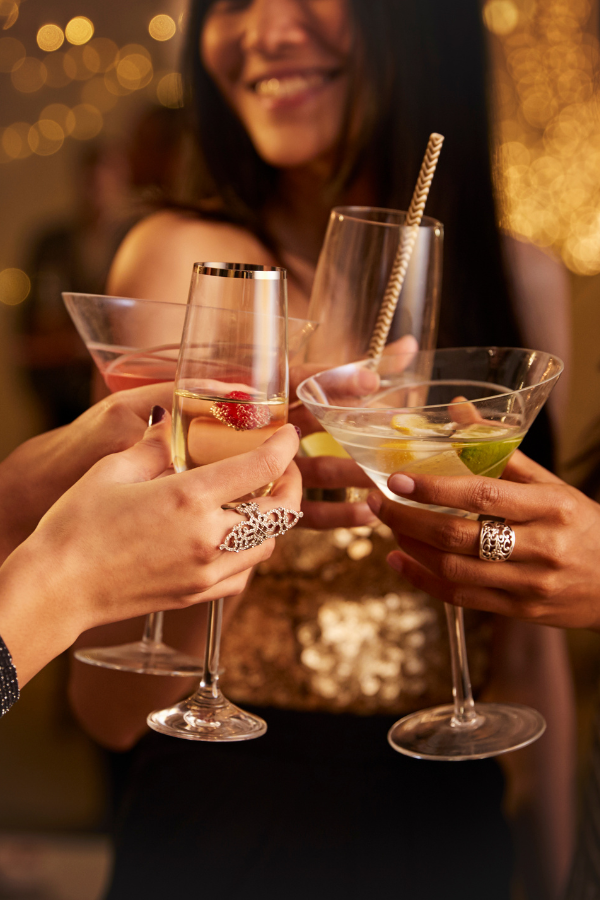

Nonalcoholic beverages offer several health benefits, primarily due to their low or non-existent alcohol content. The absence of alcohol means these beverages typically have fewer calories compared to their alcoholic counterparts, contributing to better weight management for consumers.
Furthermore, non-alcoholic spirits eliminate the health risks associated with alcohol consumption, such as liver disease, heart problems, and the potential for addiction. These beverages also avoid the immediate negative effects of alcohol, including impaired judgment and hangovers.
Additionally, many non-alcoholic spirits are made using natural ingredients like herbs and botanicals, which can contribute beneficial antioxidants and nutrients, potentially enhancing overall health.
Their Role in Supporting a Sober Lifestyle or Reduced Alcohol Consumption
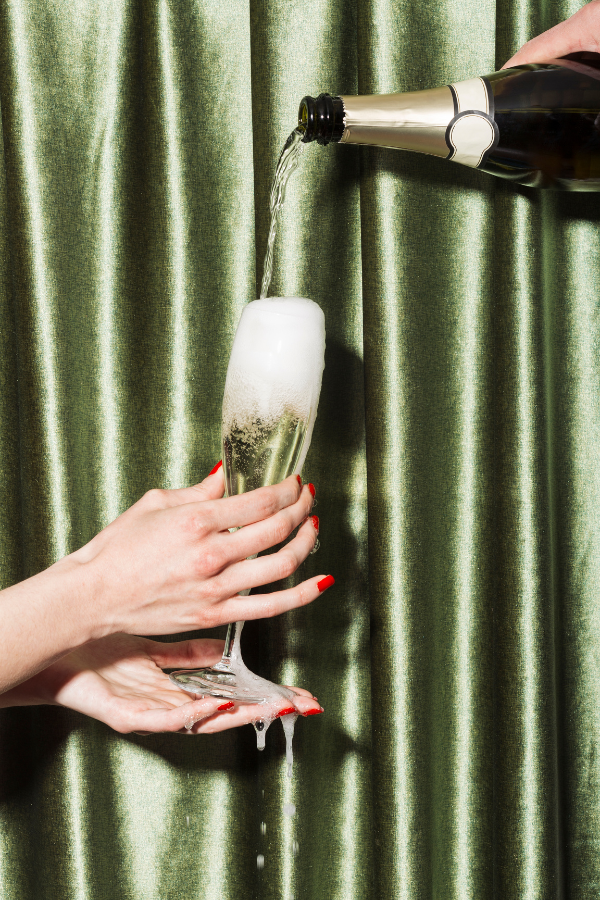

Non-alcoholic spirits play a significant role in supporting individuals who choose a sober lifestyle or wish to reduce their alcohol intake. For those in recovery from alcohol addiction, these beverages provide a safe alternative that allows participation in social settings without the temptation of alcohol.
They also cater to individuals who cannot drink alcohol for health reasons, pregnancy, or religious beliefs, offering a sophisticated and enjoyable option beyond traditional soft drinks. Moreover, the trend towards mindful drinking, where individuals consciously reduce their alcohol consumption for health and wellness reasons, is further bolstered by the availability of high-quality non-alcoholic spirits.
These products provide the experience and enjoyment of a crafted spirit without alcohol, making them an attractive option for those aiming to moderate their alcohol intake while still enjoying the social and cultural aspects of drinking.
In essence, non-alcoholic spirits are more than just a beverage choice; they represent a shift towards a more inclusive, health-conscious approach to drinking culture.
How to Mix Non-Alcoholic Spirits
Tips and Tricks for Mixing Non-Alcoholic Spirits
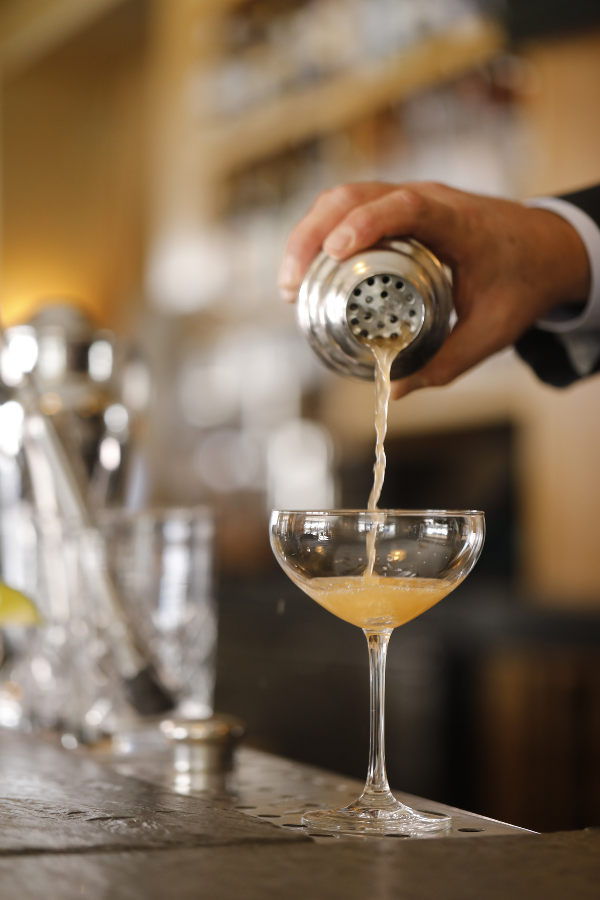

Mixing non-alcoholic spirits requires a thoughtful approach to balance and flavor enhancement, akin to traditional cocktail crafting. First, it’s essential to understand the flavor profile of the non-alcoholic spirit being used.
This knowledge guides the selection of complementary mixers and ingredients. Start with a 1:2 ratio of spirit to mixer and adjust to taste. Since non-alcoholic spirits lack the burn of alcohol, they can be more easily overwhelmed by mixers, so moderation is key.
Temperature plays a crucial role; chilling the drink can enhance its crispness and appeal, especially for non-alcoholic gin or vodka types. Carbonation is another effective element; adding tonic water, soda, or even sparkling non-alcoholic wine can introduce a pleasing texture and lift the flavors.
For a sophisticated touch, consider using garnishes like citrus peels, herbs, or edible flowers that align with the spirit’s botanicals.
Highlighting the Importance of Other Mixers and Ingredients in Enhancing Flavors


The choice of mixers and additional ingredients is crucial in crafting non-alcoholic cocktails. Unlike their alcoholic counterparts, non-alcoholic spirits often require a bit more creativity to achieve a complex and satisfying drink.
Acidity, such as that from fresh lime juice or vinegars, can add a necessary sharpness and depth, compensating for the lack of alcohol’s bite. Sweeteners, like simple syrup or agave, should be used judiciously to avoid overpowering the drink.
Bitters, which are traditionally alcohol-based but available in non-alcoholic versions, can introduce an array of subtle flavors and add layers to the drink. Additionally, using high-quality, fresh ingredients is paramount.
Since non-alcoholic spirits are more delicate, the quality of each component greatly influences the overall taste. Herbs and spices can also play a significant role, offering aromatic notes and complexity.
Mocktail Recipes for the Holidays
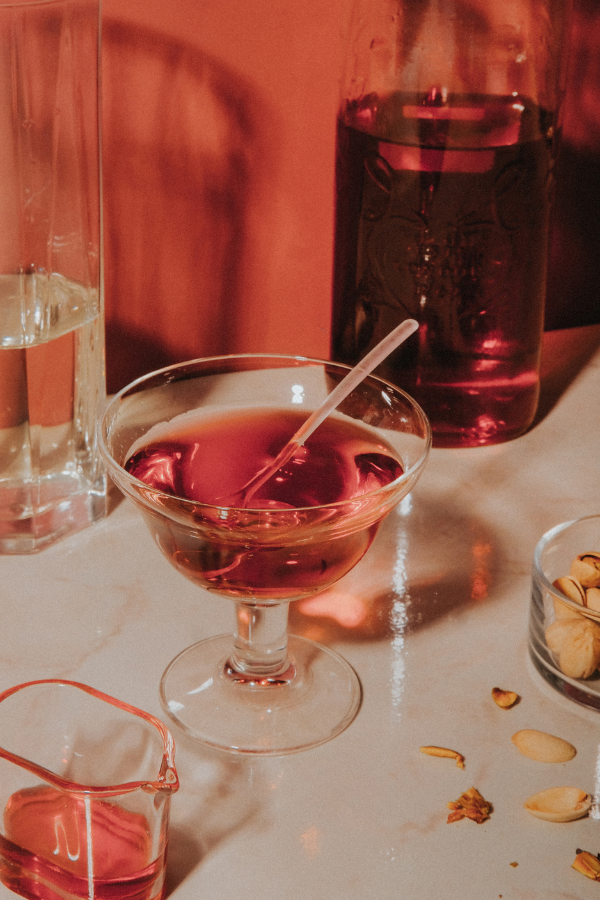

The following recipes showcase the versatility of non-alcoholic spirits in creating enjoyable and sophisticated cocktails. Each recipe can be adjusted to individual taste preferences, encouraging experimentation and personalization.
Serving these drinks in appropriate glassware and with the right garnishes enhances the overall drinking experience, making them appealing choices for social gatherings or quiet evenings at home.
Non-Alcoholic Gin & Tonic
- Ingredients: 2 oz non-alcoholic gin, 4 oz tonic water, ice cubes, lime wedge.
- This classic cocktail retains its refreshing character with non-alcoholic gin.
- Fill a highball glass with ice cubes.
- Pour in the non-alcoholic gin.
- Top with tonic water and stir gently.
- Garnish with a lime wedge. Serve immediately.
Mocktail Old Fashioned
- Ingredients: 2 oz non-alcoholic whiskey, 1 sugar cube, 2 dashes non-alcoholic bitters, orange peel twist, ice cubes.
- This drink is a twist on the traditional Old Fashioned, offering the complexity without the alcohol.
- Place the sugar cube in an old-fashioned glass and saturate with the bitters.
- Muddle the sugar and bitters until dissolved.
- Add a single large ice cube and pour in the non-alcoholic whiskey.
- Stir gently, and garnish with an orange twist.
Virgin Mojito
- Ingredients: 2 oz non-alcoholic rum, 6 fresh mint leaves, 1 tbsp sugar, 3 tbsp lime juice, soda water, ice cubes.
- This non alcoholic cocktail is a minty, refreshing drink perfect for your evening cocktail.
- Muddle the mint leaves and sugar in a highball glass.
- Add lime juice and stir until the sugar is dissolved.
- Fill the glass with ice and pour in the non-alcoholic rum.
- Top with soda water and garnish with mint sprigs.
Non-Alcoholic Rum Punch
- Ingredients: 2 oz non-alcoholic rum, 3 oz pineapple juice, 2 oz orange juice, 1 oz lime juice, 1 tsp grenadine, ice cubes, fruit slices or lemon peel for garnish.
- This non alcoholic cocktail is a fruity and tropical beverage with herbaceous notes that’s great for parties. Add club soda for some fizz.
- In a shaker, combine the non-alcoholic rum, pineapple juice, orange juice, lime juice, and grenadine with ice.
- Shake well and strain into a glass filled with ice.
- Garnish with fruit slices.
Substituting Non-Alcoholic Spirits in Traditional Cocktails


When substituting non-alcoholic spirits in traditional cocktails, it’s crucial to consider the flavor intensity and profile of the alternative spirit. Non-alcoholic spirits often have a more subdued flavor compared to their alcoholic counterparts.
To compensate, you may need to adjust the quantity of the non-alcoholic spirit or modify other components of the cocktail to achieve a balanced taste. It’s also advisable to taste and adjust as you mix, keeping in mind that the lack of alcohol will affect the overall flavor profile of the cocktail.
Discussing Flavor and Texture Considerations
Texture and mouthfeel are significant factors in cocktail making. Alcoholic spirits contribute a particular mouthfeel to classic cocktails that can be challenging to replicate with non-alcoholic alternatives. To address this, consider using ingredients that add body, such as syrups or fruit juices.
Additionally, the lack of alcohol’s warming sensation means that non-alcoholic cocktails might benefit from a touch of spice or acidity to add complexity and depth. The use of garnishes and aromatic elements can also enhance the overall sensory experience of the drink.
Recipes in Which You Can Use 1-to-1 Substitutions


Non-Alcoholic Negroni
- Traditional Recipe: Equal parts gin, Campari, and sweet vermouth.
- Non-Alcoholic Version: Substitute the gin with a non-alcoholic gin alternative, and use non-alcoholic aperitifs in place of Campari and sweet vermouth.
Alcohol-Free Martini
- Traditional Recipe: Gin and dry vermouth.
- Non-Alcoholic Version: Use a non-alcoholic gin substitute and a non-alcoholic dry vermouth alternative. Adjust the ratios to taste, as non-alcoholic vermouth may be less bitter.
Mock Moscow Mule
- Traditional Recipe: Vodka, ginger beer, and lime juice.
- Non-Alcoholic Version: Replace vodka with a non-alcoholic spirit or additional lime juice. Maintain the ginger beer and lime juice proportions.
These examples illustrate how traditional cocktails can be adapted to non-alcoholic versions by thoughtful substitution of ingredients. While the overall flavor profile may differ slightly, these non-alcoholic adaptations offer a close approximation and a satisfying alternative for those avoiding alcohol.
Purchasing and Storage
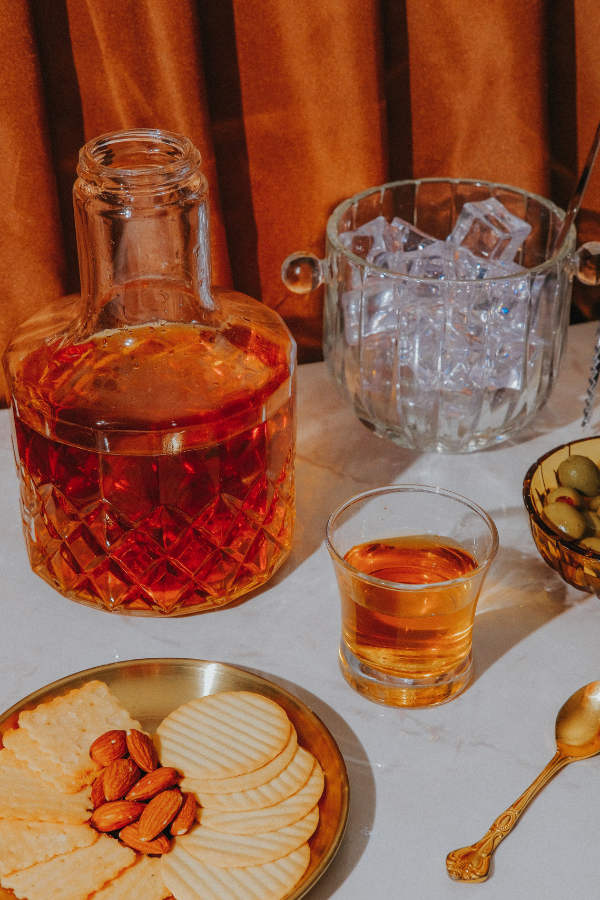

Quality non-alcoholic spirits can be found in various locations, each offering a different range of products. Specialty liquor stores are increasingly stocking non-alcoholic options, providing a chance to explore a wide range.
High-end supermarkets and health food stores also often carry a selection of non-alcoholic spirits, focusing on products that are organic or made with natural ingredients. Online retailers and dedicated non-alcoholic beverage websites offer the broadest variety, including niche and artisanal brands from around the world.
When selecting non-alcoholic spirits, it’s advisable to research brands and read reviews to ensure the purchase meets your flavor and quality expectations.
Tips on Storing and Preserving These Spirits
Proper storage of non-alcoholic spirits is essential to maintain their quality and flavor profile. Unlike alcoholic spirits, non-alcoholic versions may have a shorter shelf life and can be more susceptible to degradation over time.
It’s recommended to store them in a cool, dry place away from direct sunlight. Most non-alcoholic spirits should be consumed within a few months of opening, as prolonged exposure to air can lead to a loss of flavor and aroma. Refrigeration after opening can help preserve their quality, especially for products that contain fresh or natural ingredients.
Always check the label for specific storage instructions provided by the manufacturer. Additionally, ensuring the bottle is tightly sealed after each use will help extend the shelf life of the product.
Final Thoughts on Mixing Cocktails with Nonalcoholic Spirits


Nonalcoholic drinks are a dynamic and growing segment in the beverage industry, offering a diverse range of flavors and experiences that parallel traditional alcoholic cocktails. From their health benefits and role in supporting various lifestyles to the art of mixing and substituting them in classic cocktails, these spirits provide a versatile and inclusive option for both abstainers and moderate drinkers.
While rarely sipped neat, the expanding market and innovation in production techniques of nonalcoholic spirits underscore their rising popularity and potential in modern drink culture. As we have explored, non-alcoholic spirits present an opportunity for exploration and experimentation, inviting consumers to reimagine the realm of cocktails and social drinking in a health-conscious and inclusive manner.
Add a few bottles to your bar cart this holiday season (ahead of Dry January), and let us know which you choose in the comments below!








